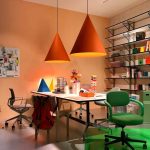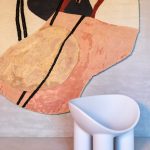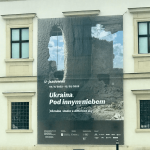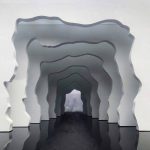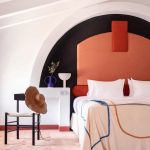Warsaw Home is the annual interior design fair that takes place at the Ptak Warsaw Expo, just outside the Polish capital. This emerging trade show, now in its fourth edition, aspires to be the leading design fair in Central and Eastern Europe. It’s divided into five sectors: Selected Design, Selected Furniture, Deco, Kitchen& Dining and Interior Finish, featuring local brands and manufacturers alongside international companies and guest speakers.
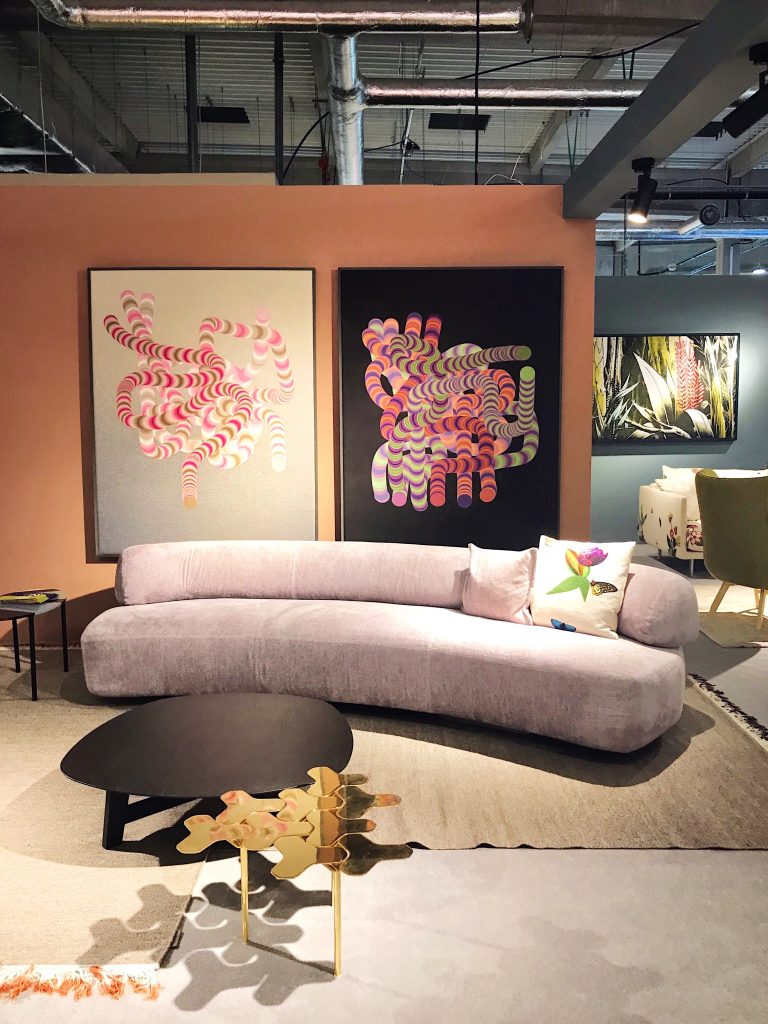
Visitors had a chance to see the latest designs by Moroso, Qeeboo and Pedrali – these are familiar names on the international design scene that have already appeared on my Instagram more than once. So here I’d rather invite you to discover some noteworthy Polish designers and companies with international potential that might not be so well-known outside of Poland.
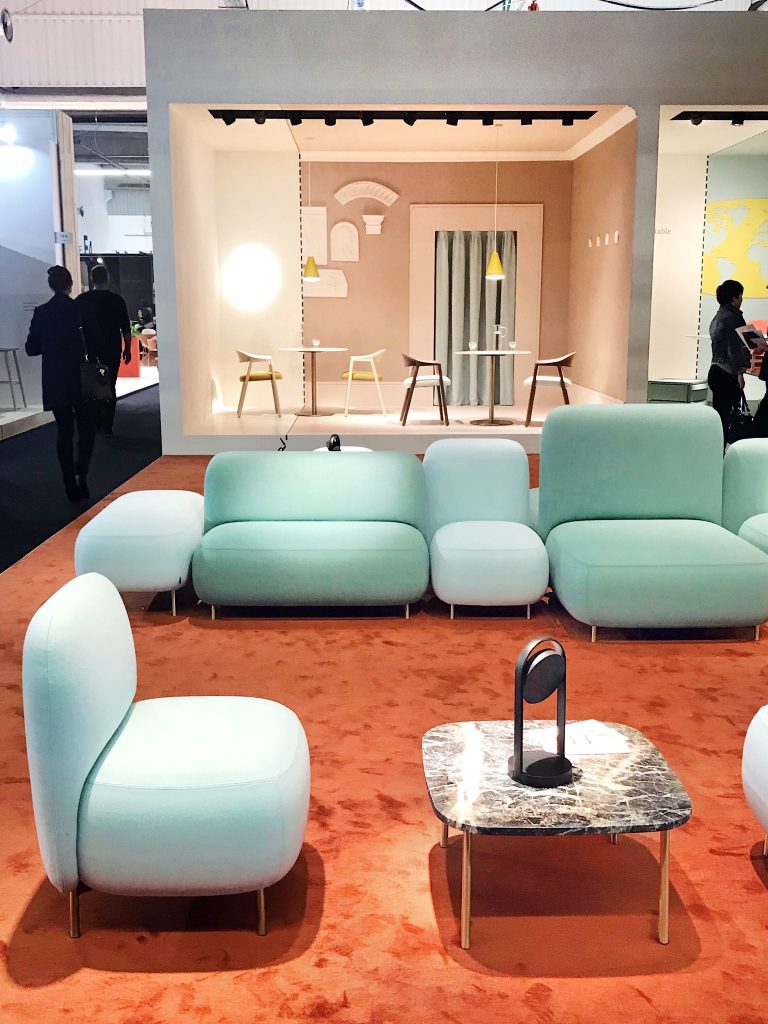
Let’s start with the icons of Polish design. The RM58 armchair was devised by a Polish avant-garde artist and designer Roman Modzelewski in the late 1950s. Its fully closed, ergonomic form of the seat made of polyester-glass laminate was so innovative at the time that the Victoria and Albert Museum in London bought one of the first prototypes. Unfortunately, a difficult socio-political situation in Poland at the time prevented this pioneering model from entering serial production. VZOR, a brand founded in 2012, put the iconic armchair back into manufacturing using contemporary equivalents of materials used in 1958.
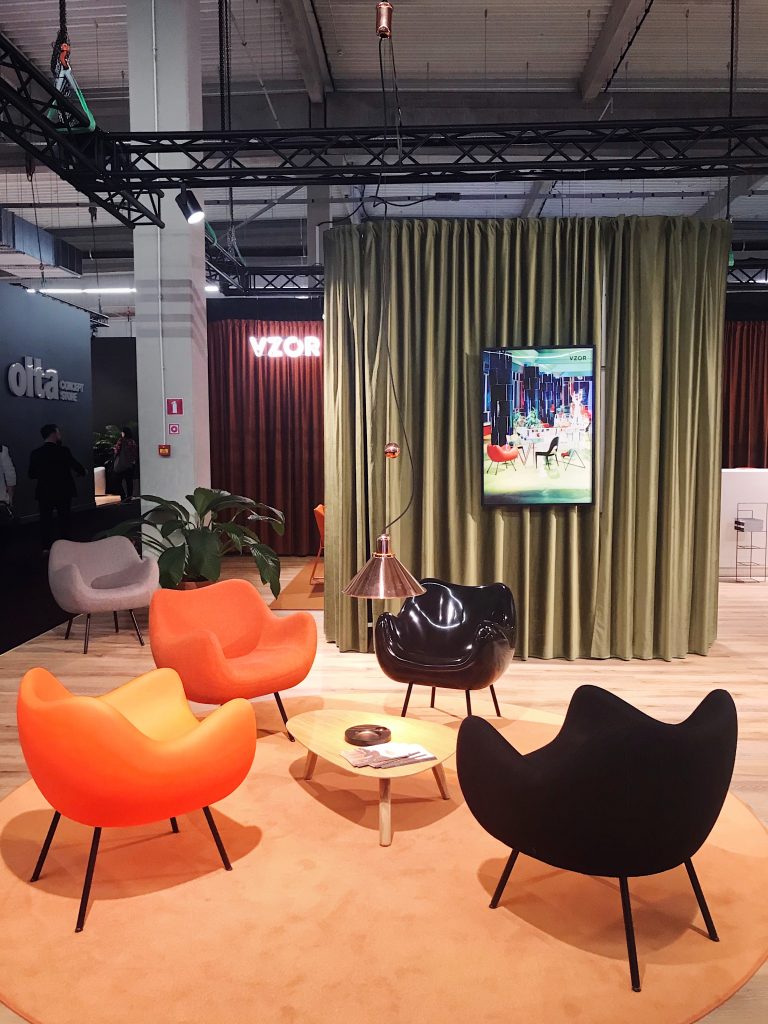
The original RM58 is now available in three versions: composite, matte and upholstered. The shiny one covered with a gelcoat has to be my favourite as it adds a special, cinematic touch. In addition to Roman Modzelewski’s designs, VZOR has recently revived another mid-century classic – Grid55, a wire mesh chair prototyped by architect Czesław Knothe back in 1955.
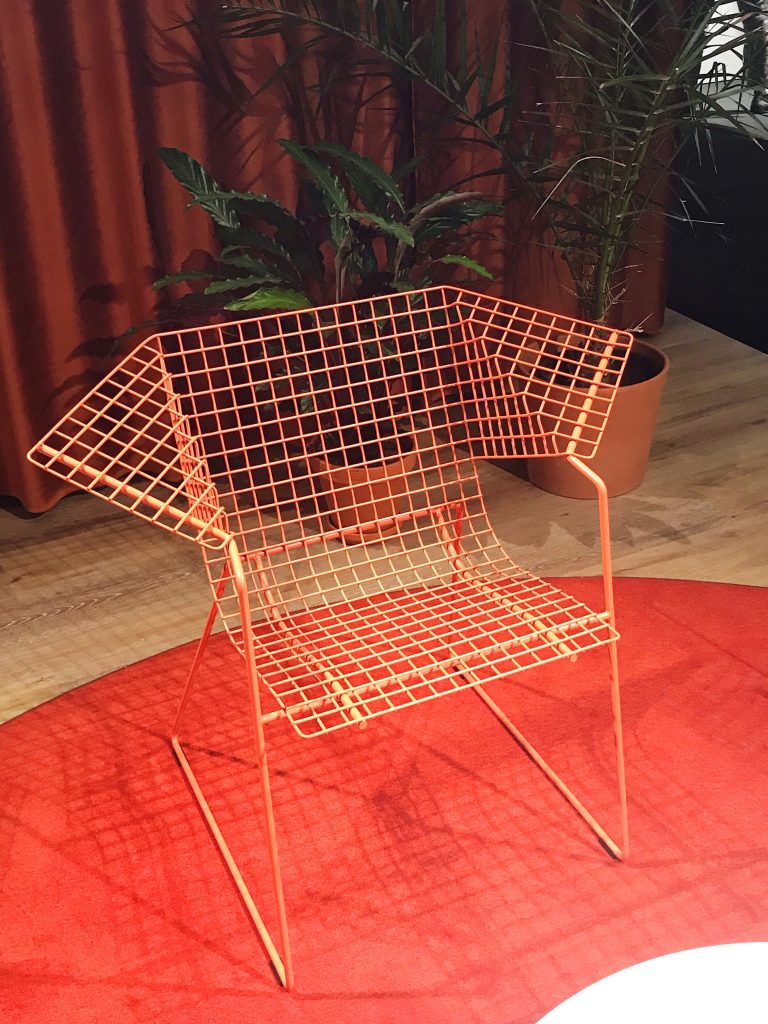
If you’re after unique, art-meets-design pieces, you should definitely check out Oskar Zięta’s creations. His studio, Zieta Prozessdesign, produces sculptural objects made by using innovative techniques such as thermal colouring and free inner pressure forming (a special technology used to transform a flat metal piece into a 3D mirror).
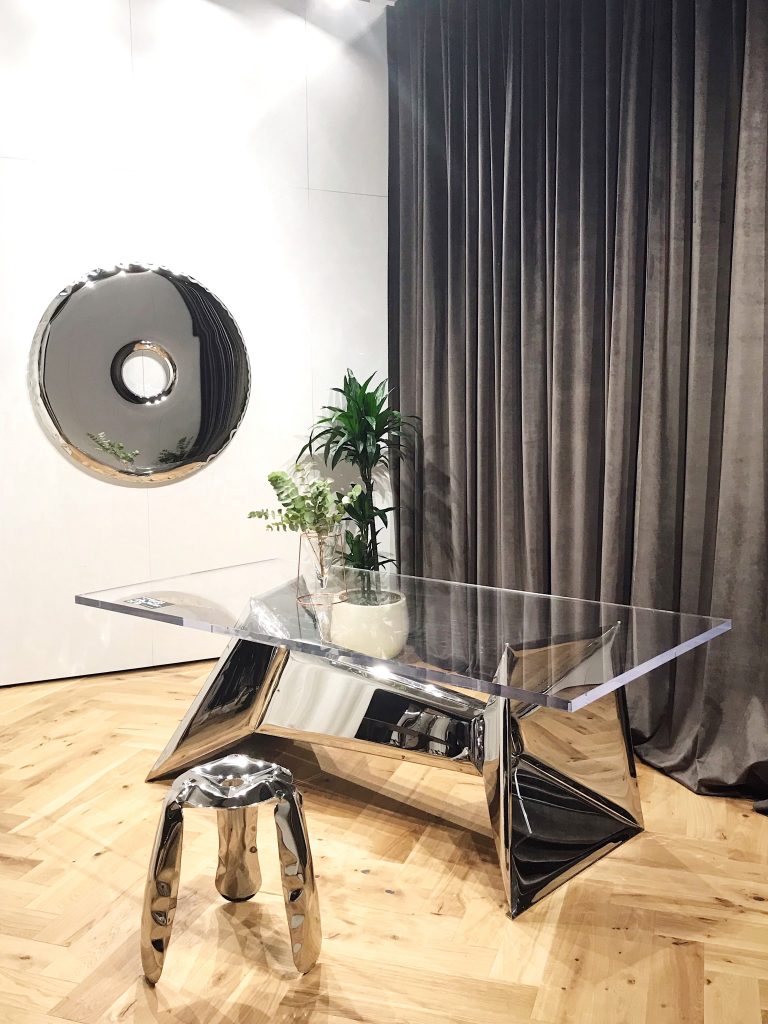
The stand featured the poetic Rondo Gradient mirror made of stainless steel as well as various mirrored objects with geometric forms. Oskar Zięta is also an architect and his space age-like sculpture NAWA, a public art project destined for one of the river islands in Wrocław, has been nominated for the Mies van Der Rohe Award 2019.
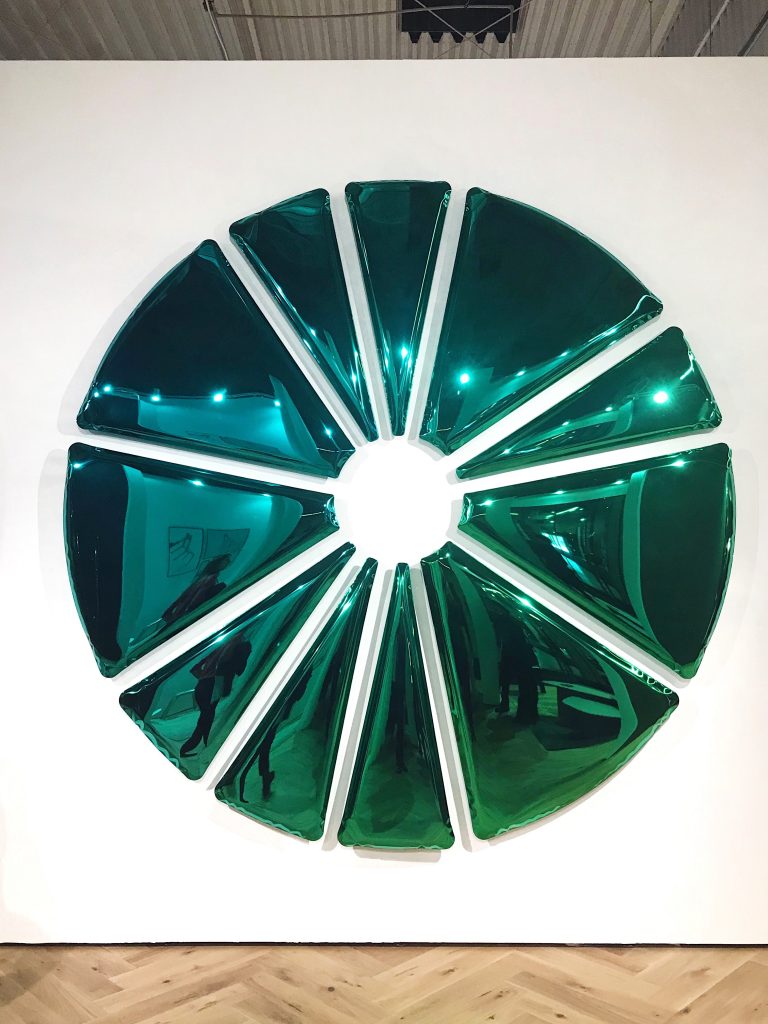
In the Selected Design sector I also spotted two interesting brands that pointed towards clean lines and fluid shapes to create a modern office environment. The first one, Profim, specialises in ergonomic office seating, but they also offer a broad range of contract furniture for workplace that includes chairs, benches, tables, stools and module sofas. As you can see on the photos below the company’s aesthetics champions soft minimalism, pastel colours and curvy shapes to reinvent outdated notions of what is perceived as professional and businesslike in a modern office.
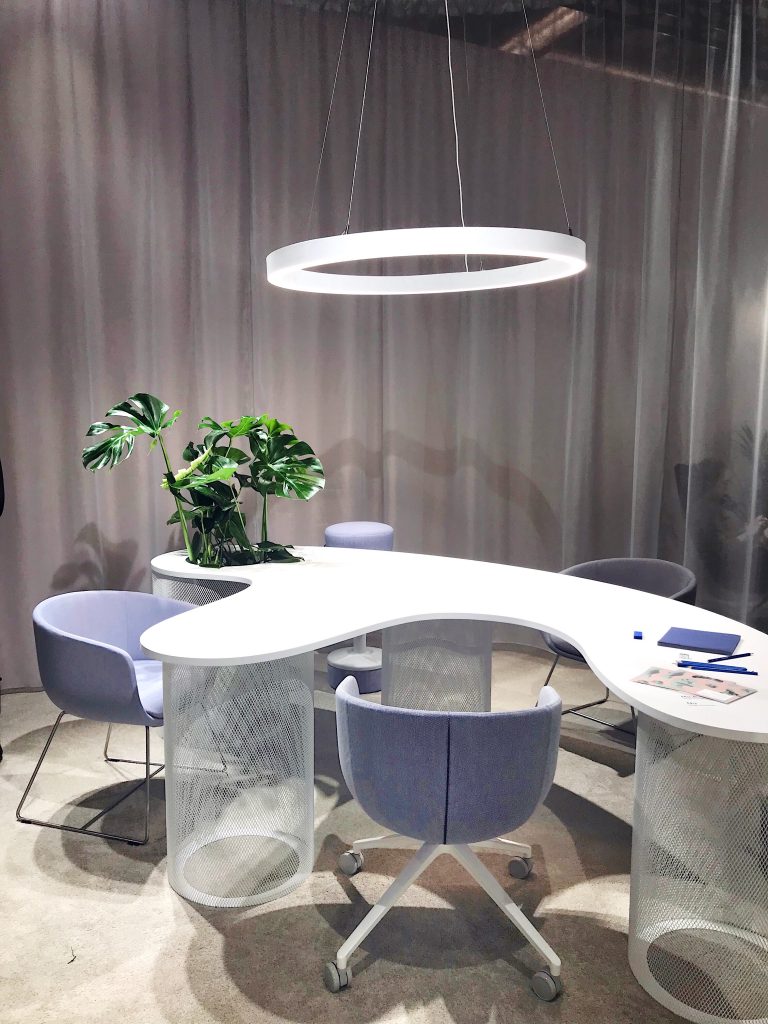
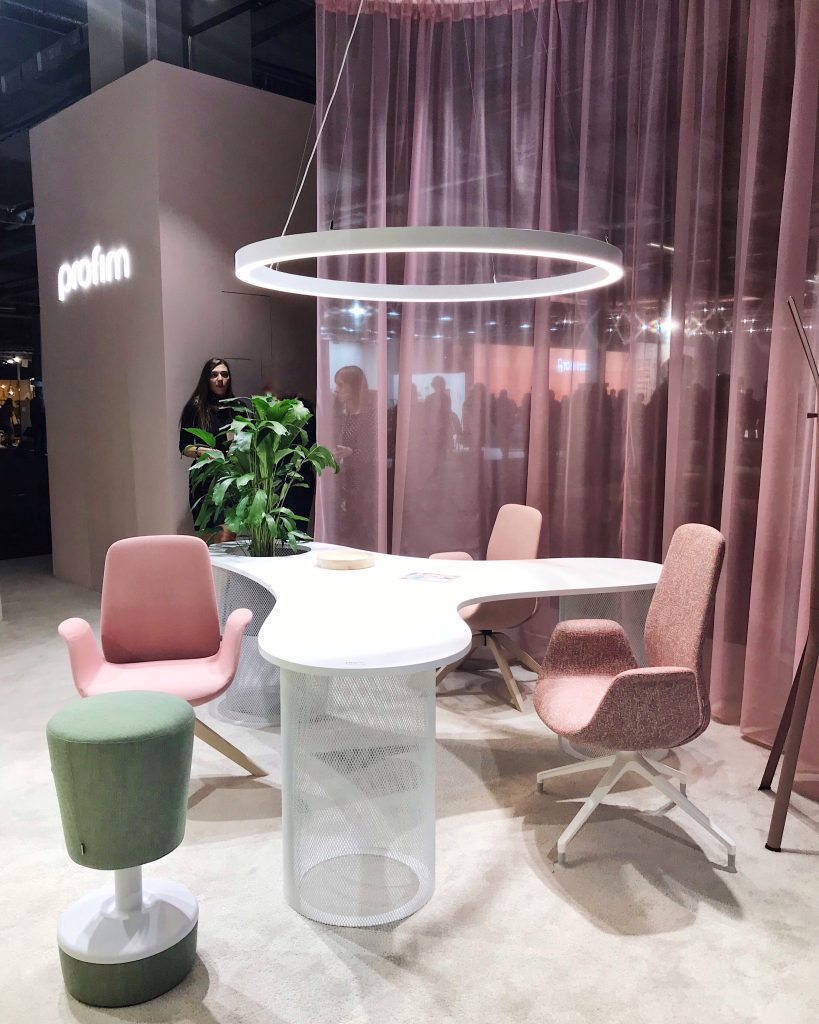
The second brand, MDD, doesn’t shy away from bold colours and ultra-light, minimal forms. In addition to custom-made chairs, desks and tables they also produce office booths, reception desks and lamps – perfect for meeting rooms and chillout zones alike. Both Profim’s and MDD’s stands illustrated the latests workspace trends that promote human-focused, inspired and empathic design.
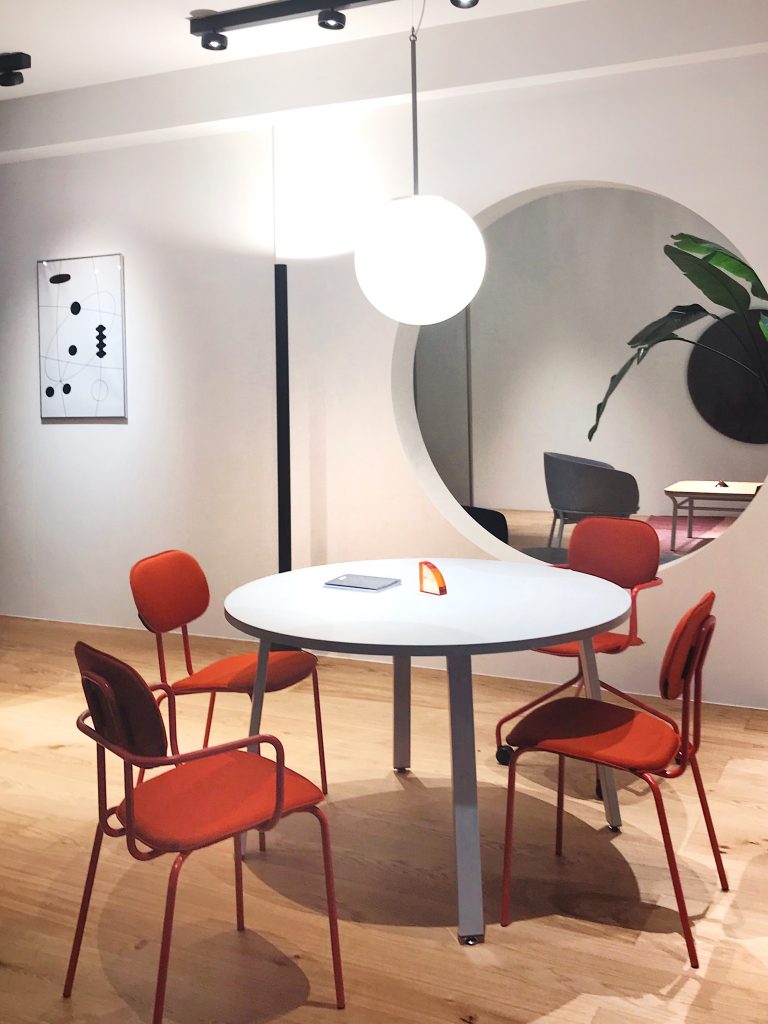
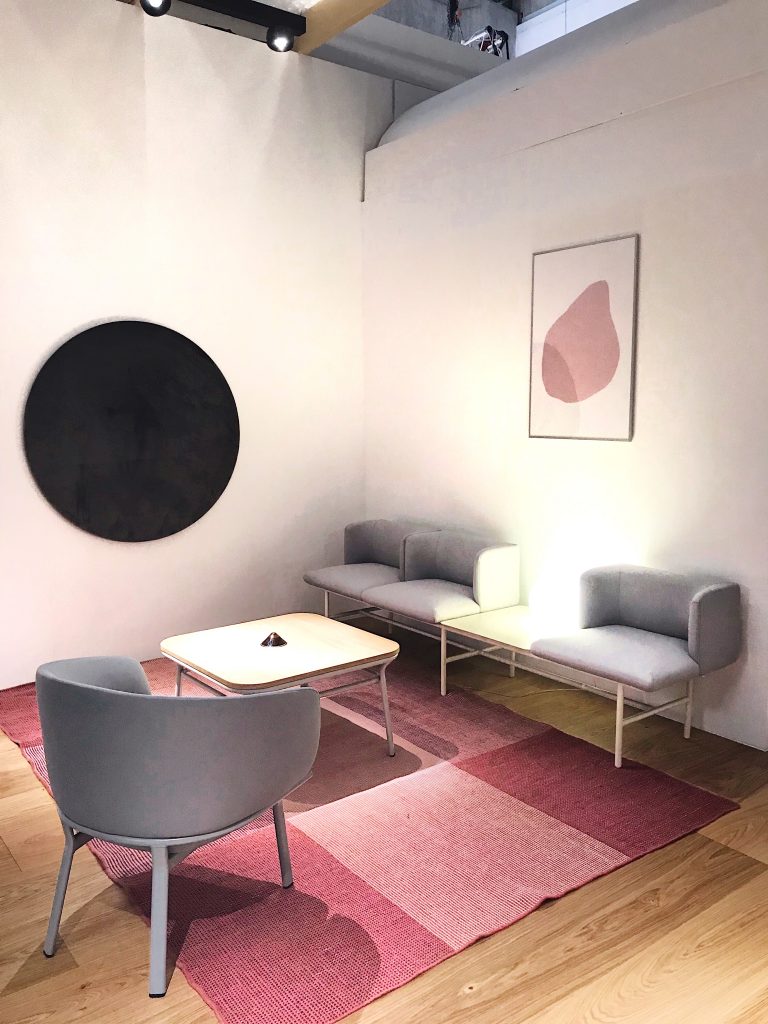
And how did Warsaw Home fare when it comes to interesting lighting brands? Well, it certainly didn’t disappoint with a wide range of options displayed throughout the fair. One of my favourites was Pallero Light & Object, a new brand from Wrocław, that definitely stood out thanks to their curated, photo-friendly stand. This Polish manufacturer offers a complete package – from chandeliers and pendants to modern table and floor lamps.
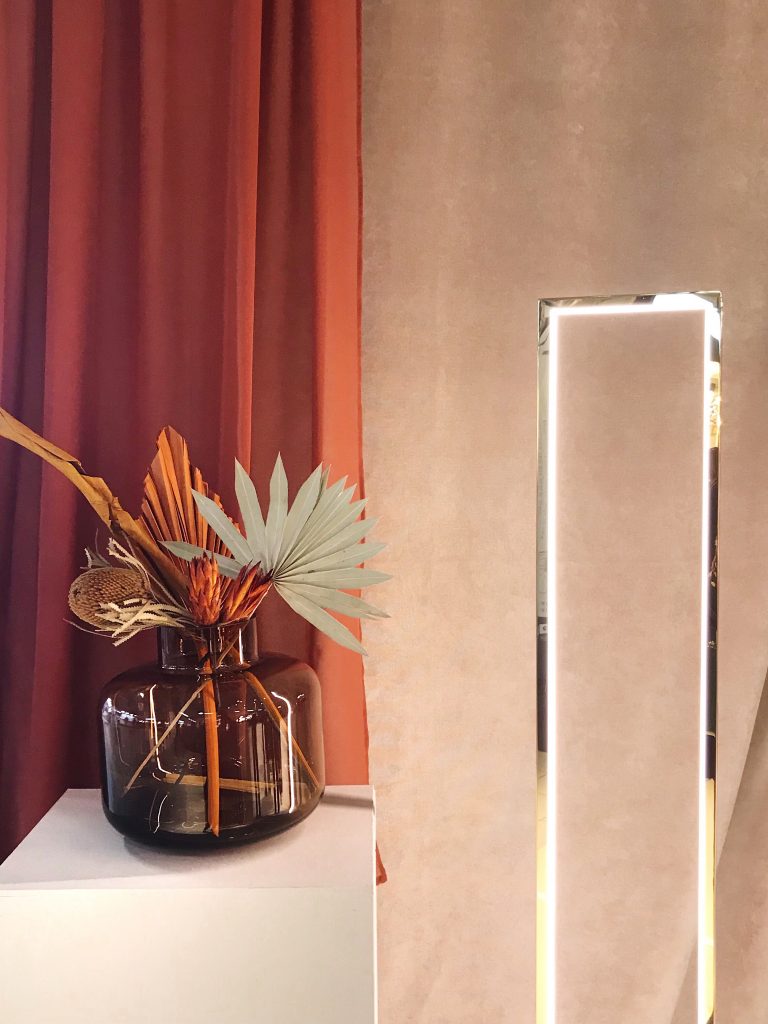
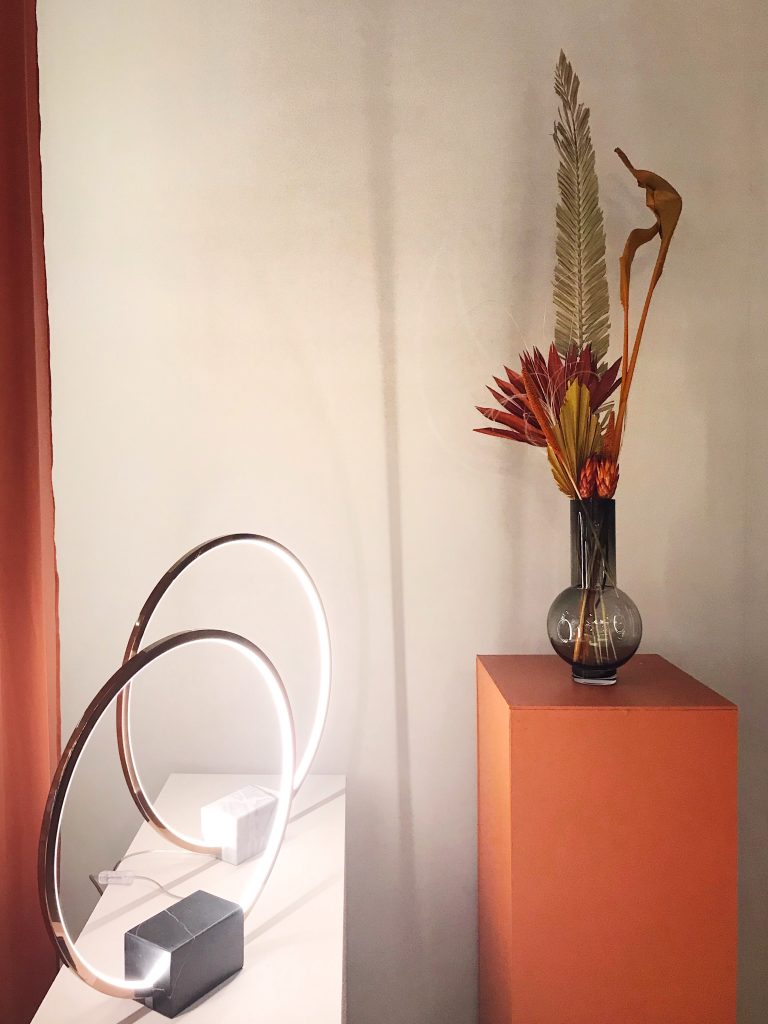
The most stylish pieces included the minimalist Oda collection in rose gold, made of stainless steel and marble, and the Space collection featuring opaque glass bulbs. The cozy and intimate light effect was further enhanced by the poetic set design that you can see on the photos. This kind of presentation wouldn’t look out of place in the Selected Design section in the Hall F and I was genuinely surprised to see it in the Deco sector instead.
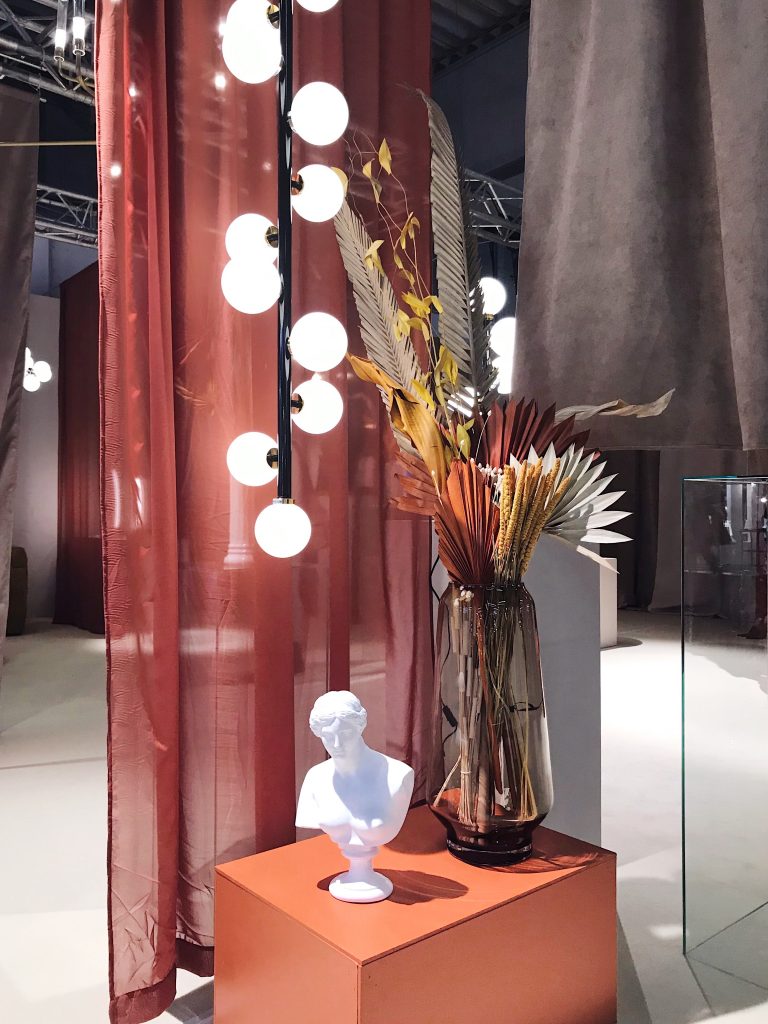
Fans of more conceptual lighting systems could find plenty of inspiration at the ‘Culture of Light by Euro-Light’ exhibition in the Hall F, a tribute to the colour codes and architectural legacy of Bauhaus in the form of a contemporary light installation. Euro-Light offers custom-made solutions mainly for hospitality design, modern offices and shopping malls, including prestigious locations in Poland and abroad.
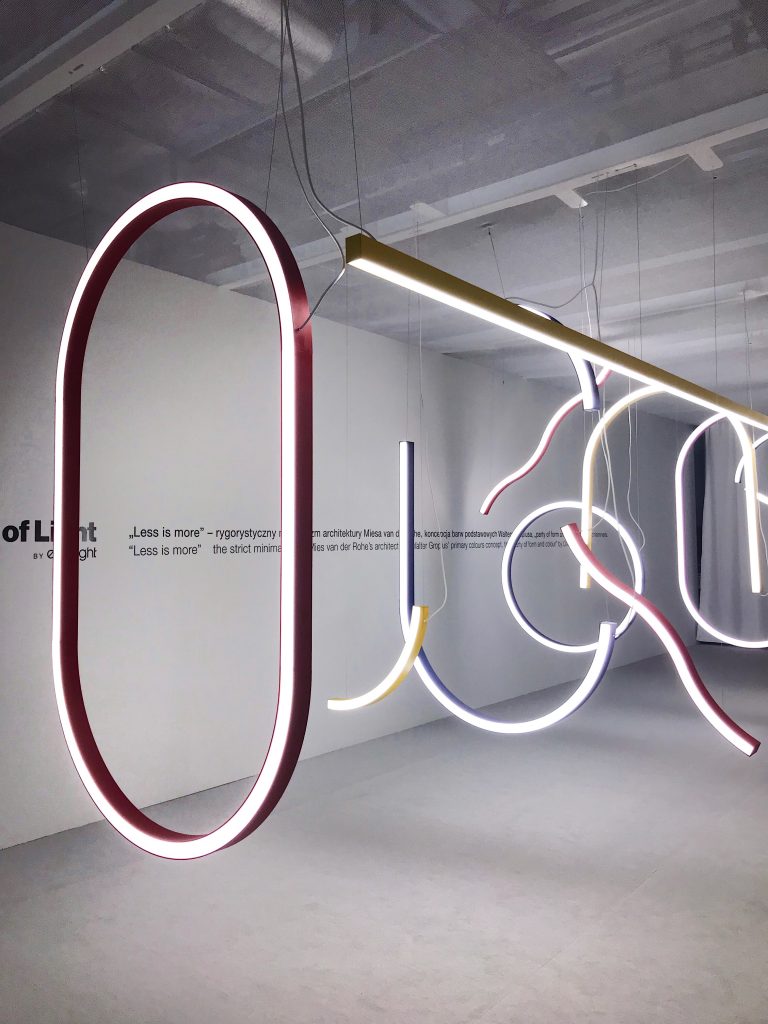
Finally, a visual treat for mirror lovers. Giera Design is a home accessories brand that has successfully translated its core minimal aesthetic into functional and desirable products at affordable prices.
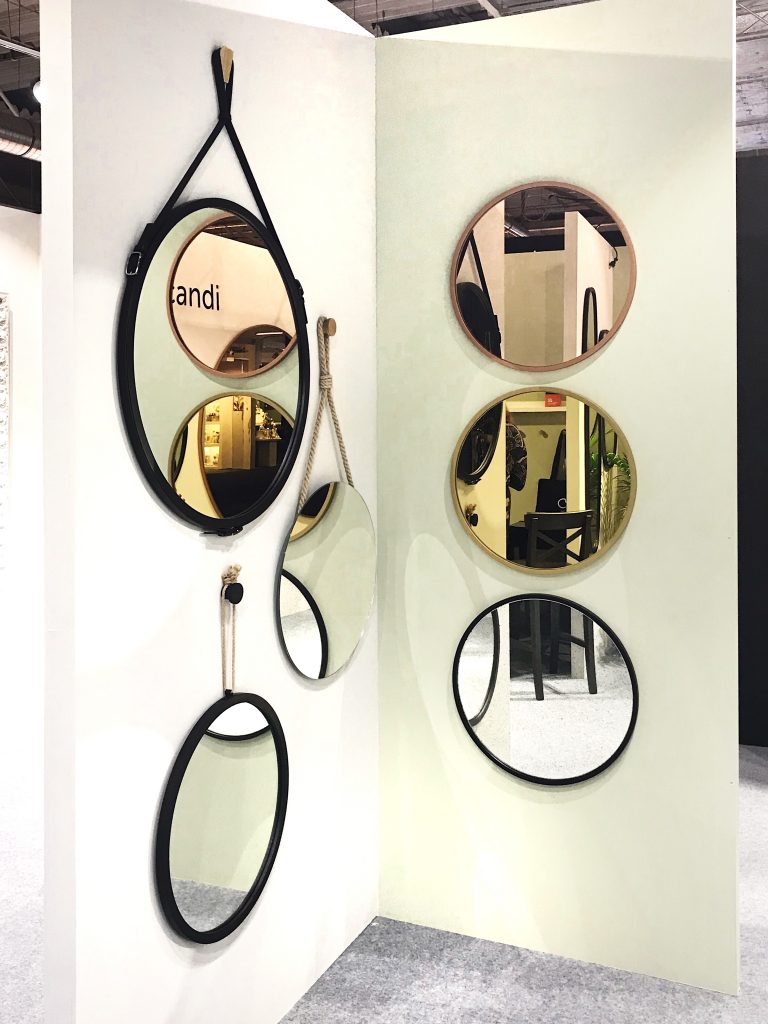
My favourites from the Warsaw Home fair included round mirrors from Giera Design’s Scandi line – their understated form can be enhanced with copper or gold tinted glass for an additional wow factor. The brand also offers mirrors with eye-catching, irregular frames for an extra focal point in the room.
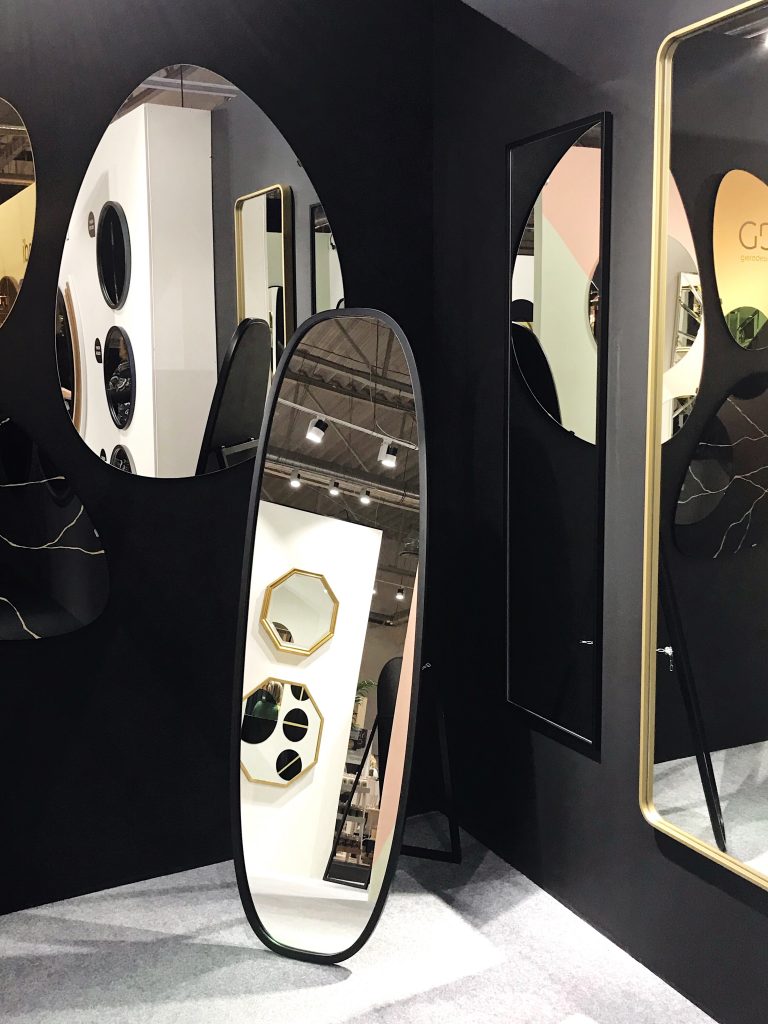
So what was my overall impression from this year’s edition of Warsaw Home? It definitely offers a chance to get acquainted with some promising local designers, Polish design that speaks of here and now, when so many people still associate the country with Brutalism and grim, post-Soviet aesthetic. But in many ways Warsaw Home is still on its way to become a fully-fledged interior design fair. Many exhibitors don’t recognise the value of coherent visual communication as a marketing tool – large parts of the fair looked messy and chaotic, far from professional standards of international trade events. Hopefully, there’s potential for future growth. For now, Warsaw Home is a trade show to attend if you want to research Polish brands or, if you’re an international exhibitor, to increase brand awareness on the Polish market.
